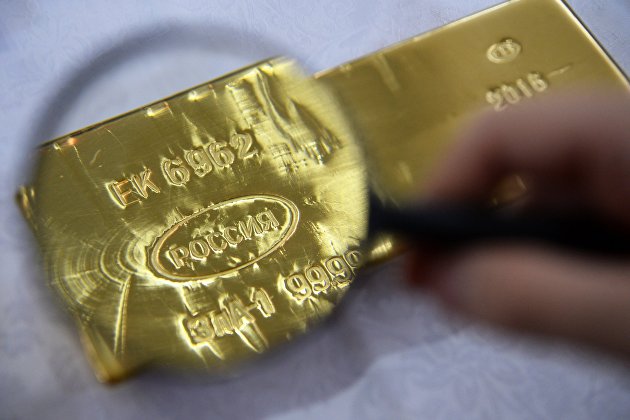
Gold and interest rates have diverged
By Rhod Mackenzie
For most of the last decade, the price of gold has been driven by the cost of money (interest rates): the lower the base rate fell, the higher the gold price went, and vice versa. Most analysts say that gold is the "anti-dollar", i.e. the asset that investors who do not trust fiat currencies turn to. Of course, when interest rates are low and the dollar is cheap, the price of gold should, in theory, rise. When interest rates rise, gold, which pays no interest, becomes cheaper.
This logic held until this year. High inflation drove interest rates to multi-year highs, but gold, you might say, did not even blink, i.e. there was almost no reaction. At the end of last week, for example, interest rates on 10-year US government bonds rose to their highest level since 2009, but the spot price of gold fell by just 0.5% on the day. A decade and a half ago, when interest rates were at the same level, gold was about one and a half times cheaper than it is today.
The end of the traditional relationship between gold and real interest rates has left investors confused. They are now concerned not only with the "fair price" for gold, which is of course difficult to determine, but also with the question: will the old relationship return, and if so, when?
The question analysts are asking is why is gold now not falling in price? They state several reasons. These include central banks, led by China's central bank, which have been buying up large quantities of the yellow metal for the second year running, plus investors who continue to bet that the slowdown in the US economy will be good for gold and continue to hold on to it, even though most financial textbooks advise selling gold at such times as these.
Typically, investment managers sell the precious metal when the dollar strengthens . However, gold sales are now significantly lower than usual in these types of market conditions. As a result, very large "reserves" have been built up. They have been building up for over a year, during this time period there has been a central bank gold rush.
Recently there have been isolated signs of a slowdown in the growth of the demand for gold, making it more vulnerable to fluctuations. Some analysts believe that gold's traditional dynamics have not been completely destroyed. A new record price level could be reached if interest rates or the dollar fall again. He believes, for example, that if the US economy slows next year then the price of gold could rise to $2,100 per ounce.
Of course, not all analysts are in agreement that a repeat is possible now that the threat of a banking crisis has receded and bonds are offering good interest rates for the first time in a long while. It is possible that even if the US economy slows, gold being relatively expensive will struggle to attract further significant investment.
